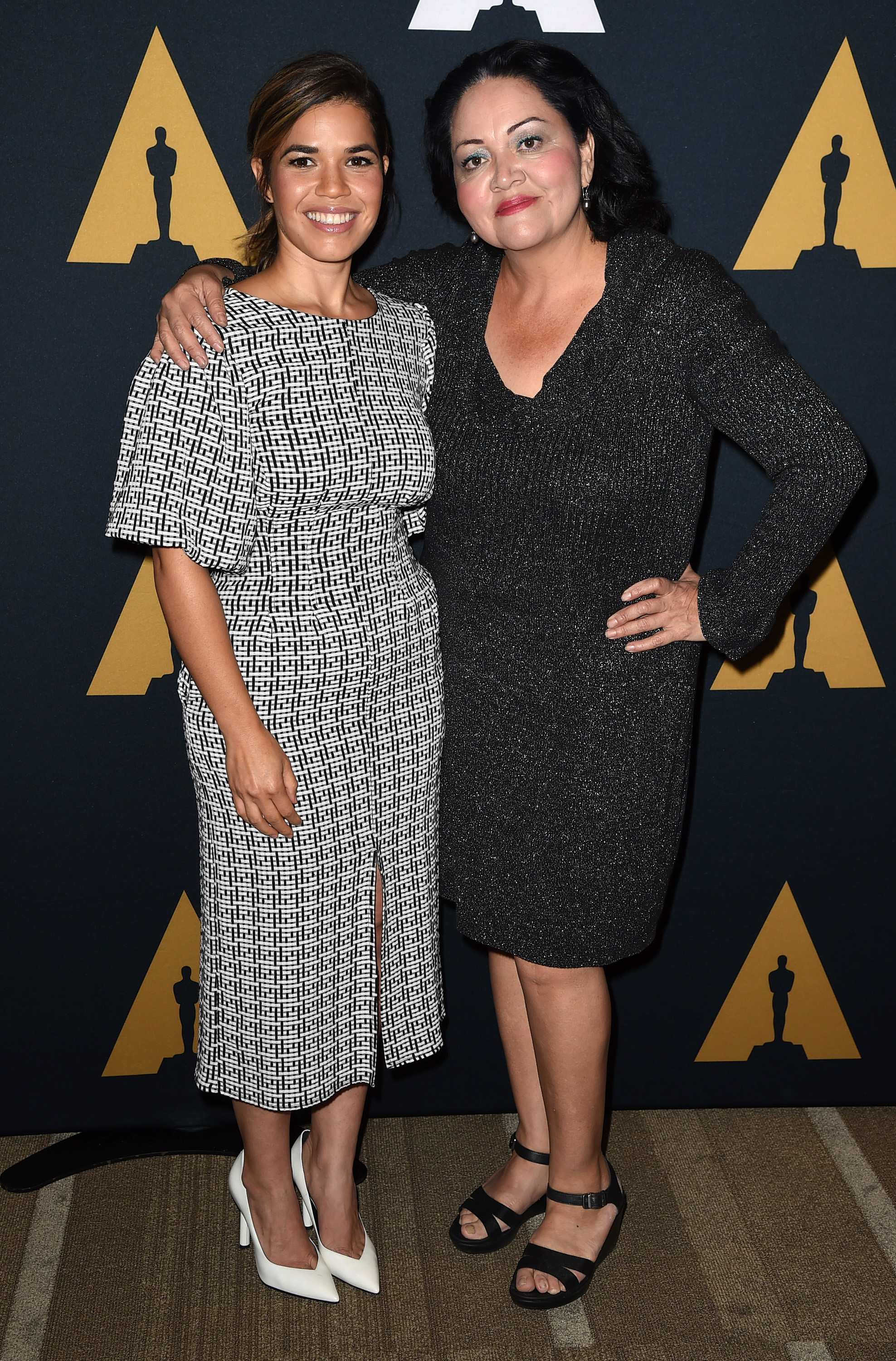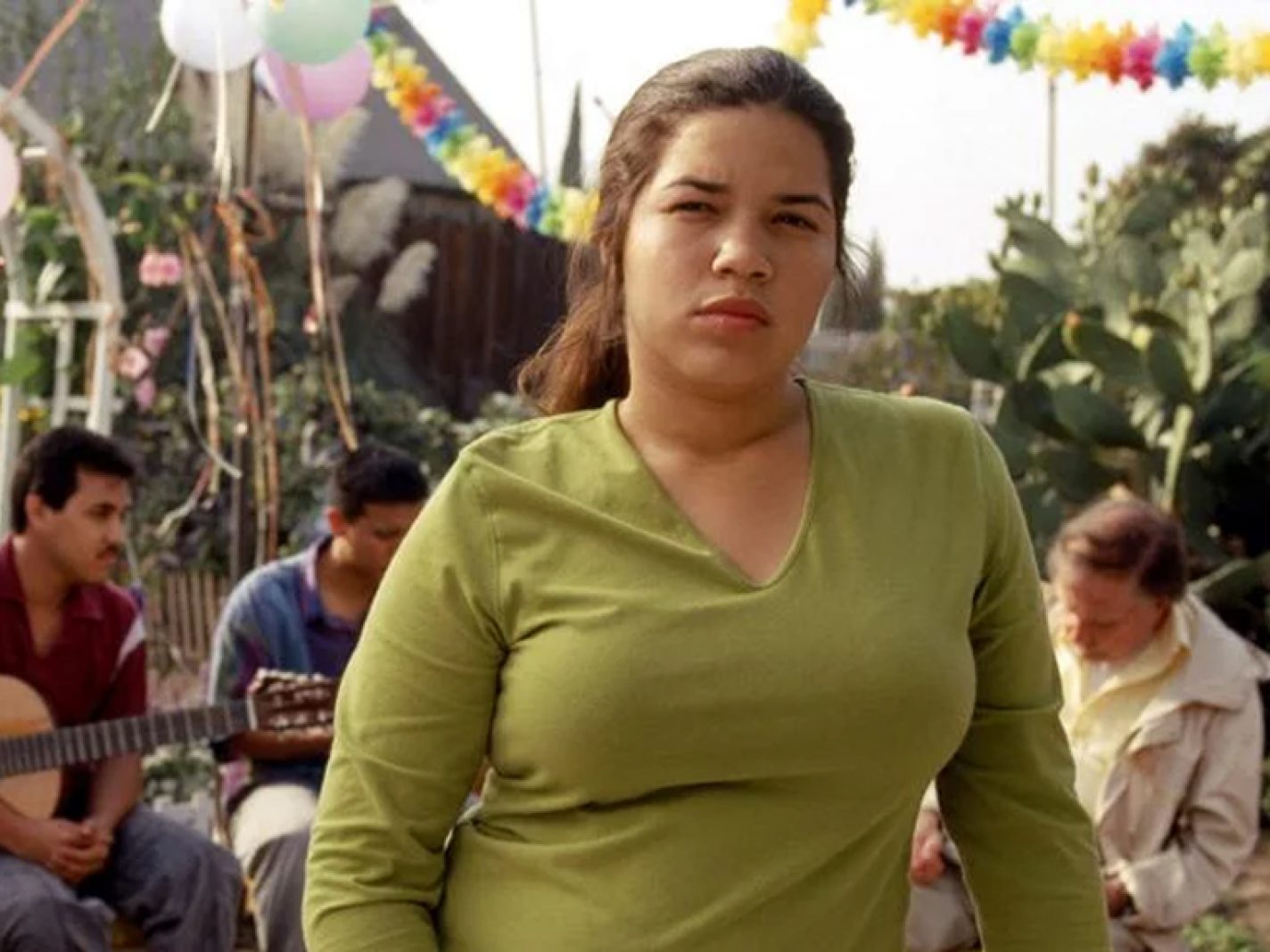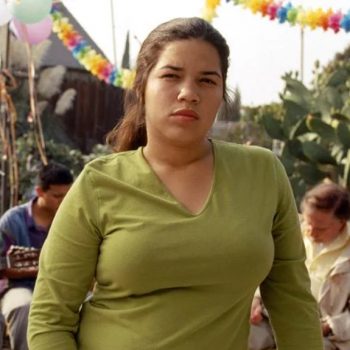While Lady Bird has racked up a slew of wins and nominations during this year’s awards season, and was briefly the best-reviewed film of all time on Rotten Tomatoes, there’s at least one person for whom the film feels as if it’s treading into some old territory.
In an interview with Hoy Los Angeles, Real Women Have Curves writer Josefina López said that watching Lady Bird was like watching her own film and the play of the same name it was based on.
“I enjoyed it and at moments kept thinking, ‘Wow, the mother is like the mom in my movie. Wow, they aren’t going to let her go to college, like Ana,’” López said. López also said she thought of the film as a “white version” of Real Women.
However, it wasn’t the similarities that upset López. According to Hoy, as she spoke about the difference in reception between the two films, she spoke through tears. The playwright and screenwriter spoke specifically about the struggle of creating art as an undocumented woman, and the way stories about marginalized groups are often pushed aside.

“I also deserve a place in Hollywood and the opportunity to continue telling impactful stories. I co-wrote a better version of Lady Bird that challenges the status quo,” she said. “I wish my film had been appreciated [the same way].”
López is not the first to draw parallels between Bird and Curves. In November, INTO published an article entitled, “If You Liked ‘Lady Bird,’ Watch ‘Real Women Have Curves’ Right Now,” which listed the vast number of similarities between the two films. (Disclosure: I wrote the piece for INTO.)
“Curves stars America Ferrera as Ana Garcia, a high school senior in California (like Lady Bird’s titular protagonist) who, as Lady Bird herself would say, is ‘from the wrong side of the tracks,’” INTO wrote. “While Lady Bird is poor in Sacramento, Ana is poor in East Los Angeles. Like Ronan in Lady Bird, Ana meets a rich white boy who ignites her budding sexuality. Both protagonists struggle to convince their families to allow them to attend college in New York. Both have bodily trauma: Lady Bird breaks her arm, while Ana struggles with her weight. Both movies explore the fragile relationship between a headstrong daughter and a tough-as-nails working mom.”
Later, writer Michelle Cruz Gonzales questioned whether Lady Bird plagiarized Real Women Have Curves in a piece in Latino Rebels. To the long list of similarities, Gonzales added that, in both films, the main character’s mother does not accompany the daughter as she leaves from California to New York for college.
Of the film’s plagiarism, Gonzales, who is also a college instructor, wrote: “If only the film industry were held to the same standards as college students all over the Americas. Until then, I’m happy to serve as the Latina turnitin.com.”
Later, journalist, filmmaker and founder of Define American Jose Antonio Vargas questioned the connections on his Twitter, as well. He called Lady Bird a “white working class” version of Real Women Have Curves.
Recently, the Academy of Motion Picture Arts and Sciences hosted a 15th anniversary screening of Real Women Have Curves with a panel afterward that included the film’s star, America Ferrera, Cardoso, Lopez and producer Effie Brown. While introducing the film, screenwriter Lourdes Portillo spoke about the message the film gave to Hollywood, a message Hollywood seemed to ignore.
Portillo’s comments start at about the 1-hour mark below:
Curves, she said, “gave us a taste of what the beginning of a Latina feature film industry would be like in the U.S. and that was fifteen years ago that she made that film. We are patient people. We are patient, but we are also very tenacious. We’re not going to give up until we have a place.”
As Hollywood continues to have discussions about the importance of women behind the camera — and as Greta Gerwig becomes only the fifth woman to be nominated for a best director Oscar — the fate of Curves remains a resounding endorsement that women of color be included as women ask for their stories to be included.




